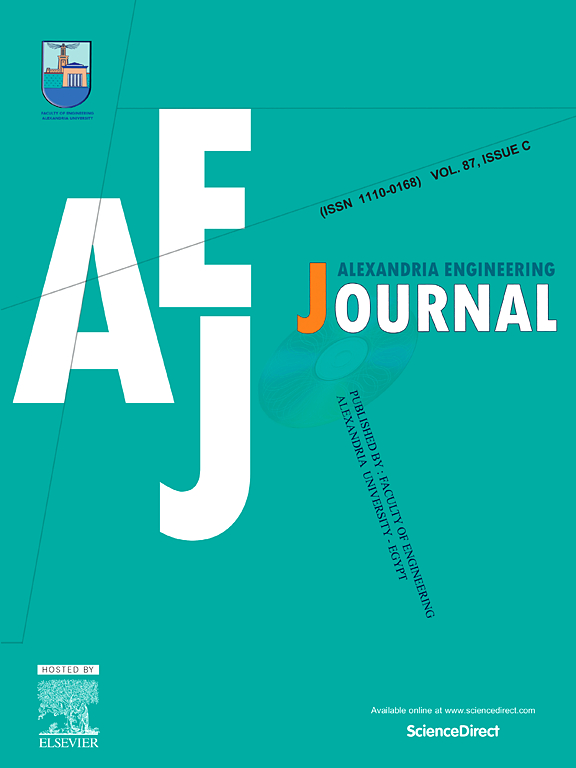Finding rare and patched type population variance via systematic analysis using adaptive cluster sampling
IF 6.2
2区 工程技术
Q1 ENGINEERING, MULTIDISCIPLINARY
引用次数: 0
Abstract
To address uncommon and endangered species of infectious diseases, valuable plants, minerals, and natural resources, as well as patched populations that are available in the form of clusters, we propose a unique generalized variance estimator for finite population variance in this work. Auxiliary variable data (Auxiliary variable data is a useful tool in survey research because it improves the accuracy, precision, and effectiveness of survey sampling and estimating procedures. It also enhances the Cost-effectiveness, non-response adjustment, accuracy, and variance reduction.) and the systematic adaptive cluster sampling (SACS) technique is utilized to describe the suggested estimator. Calculations are made for the bias, mean square error (MSE), and optimization constants. When patched or clustered data is available, the expected generalized estimator outperforms the existing estimator in certain cases. Adopting generalized ratio estimators will go a long way toward formulating uncommon, endangered species of contagious diseases, valuable plants, mineral and natural resources, and patched populations, as well as reducing estimation mistakes. To create a universal family of estimators specifically designed for the rare and patched type population variance estimate, the study incorporates extra data from auxiliary variables. Through simulation study, the features of these estimators namely, their biases and mean square errors have been cautiously inspected and fully discovered. The suggested estimators accomplish better than the population variance natural estimator. Lastly, appropriate suggestions have been provided for survey statisticians who want to use these results to solve practical issues.
求助全文
约1分钟内获得全文
求助全文
来源期刊

alexandria engineering journal
Engineering-General Engineering
CiteScore
11.20
自引率
4.40%
发文量
1015
审稿时长
43 days
期刊介绍:
Alexandria Engineering Journal is an international journal devoted to publishing high quality papers in the field of engineering and applied science. Alexandria Engineering Journal is cited in the Engineering Information Services (EIS) and the Chemical Abstracts (CA). The papers published in Alexandria Engineering Journal are grouped into five sections, according to the following classification:
• Mechanical, Production, Marine and Textile Engineering
• Electrical Engineering, Computer Science and Nuclear Engineering
• Civil and Architecture Engineering
• Chemical Engineering and Applied Sciences
• Environmental Engineering
 求助内容:
求助内容: 应助结果提醒方式:
应助结果提醒方式:


